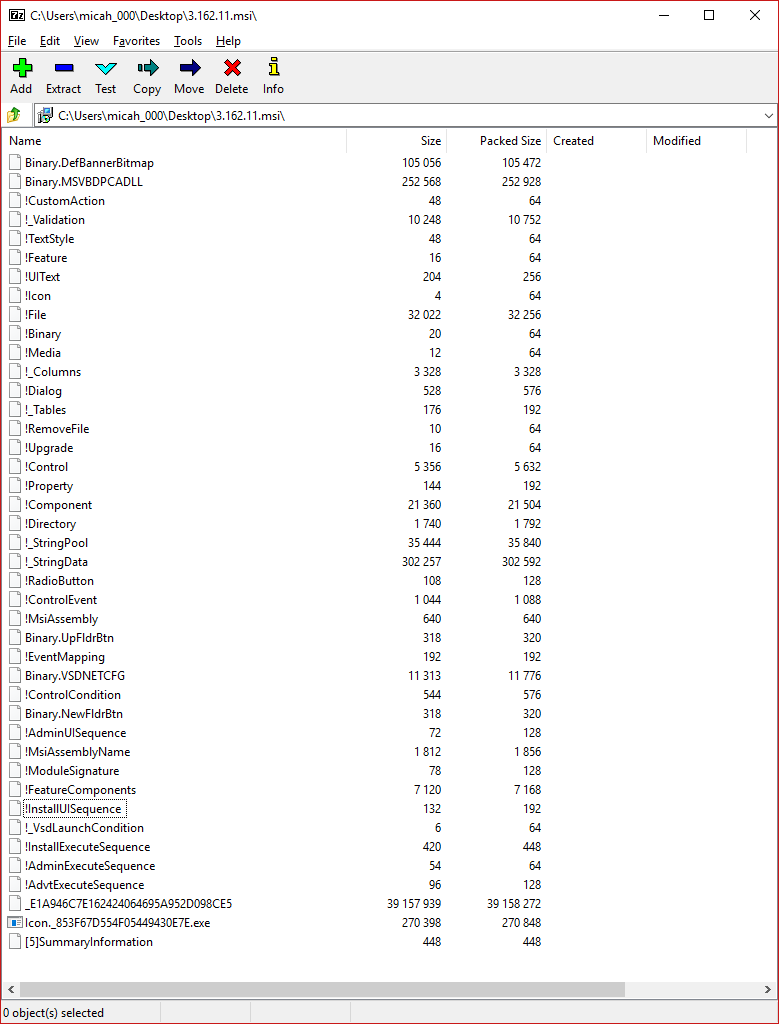


This demo does work better with actual video, so if you want to check it out for yourself, you can download the same bitrate test videos used here. Generally, YouTube videos sit around 2-10Mb/s depending on your connection, as anything more would probably not be noticed. The one on the left is at 3Mb/s, and the one on the right is 100Mb/s.Ī 30x increase in file size, but not much increase in quality. This is a zoomed frame taken from a video of a jellyfish.

Quality goes up as the bitrate goes up, but after a couple of megabytes per second, you get diminishing returns.

If your bitrate is 200 kb/s, for example, your video will look pretty bad. You’d think that they would just compress each frame of video using JPEG, and they certainly do that, but there’s a better method for video.Īnother thing to keep in mind about video is its bitrate-the amount of data allowed in every second. Video works a bit differently from images. In fact, all the images on How-To Geek have been compressed to make page loading quicker, and you probably never noticed. Most pictures you see online are compressed to save on download times, especially for mobile users with poor data connections. But minor amounts of JPEG compression can have a significant impact on file size, and this makes JPEG very useful for image compression on websites. Of course, if you use it too much, you end up with this: This gives JPEGs an insanely high compression ratio, which can reduce a file that would be multiple megabytes down to a couple of kilobytes, depending on the quality. The apps then use Huffman encoding to reduce the file size even further. This is what the quality slider for JPEG in Photoshop and other image apps does-choose how many equations to use. It uses 64 different equations, but most of these don’t get used. Instead, it stores images using something called a Discrete Cosine Transform, which is a collection of sine waves added together at varying intensities. Most images store a list of numbers, with each number representing a single pixel. So how does it save so much space? Well, the JPEG algorithm is a feat of engineering.


 0 kommentar(er)
0 kommentar(er)
